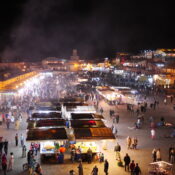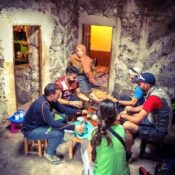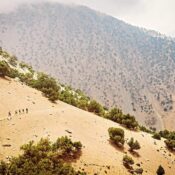
The six most important historical facets of Atlas Mountain Berber culture Morocco
The six most important historical facets of Atlas Mountain Morocco Berber culture:

One of the world’s oldest cultures, the Berbers, also called the Amazigh, have long resided in the Atlas Mountains, which are tucked away among the summits of North Africa. The Berbers have maintained a unique way of life that goes back thousands of years, and they are well-known for their colorful customs, extraordinary fortitude, and close ties to the land. Visitors to the Atlas Mountains may now fully immerse themselves in this rich past by learning about everything from traditional music and food to old art.
1: Berber Culture and Its Resilience:
The most historical facet of the Atlas Mountains is Berber culture. The Berbers are indigenous to North Africa and have lived there for about 4,000 years. Although their precise origin is still uncertain, archaeological evidence suggests that the Berber people were among the first settlers in the region, even predating the Egyptians. Throughout history, they have gone by several names, including “Mauri” and “Numidians.” The Romans coined the term “Berber,” but the locals prefer to be called “Amazigh,” which means “free people.”Based on family clans and strong regard for elders, the Berbers are renowned for having a distinctive social structure. Additionally, they have established an intriguing oral storytelling tradition in which elders transmit history, myths, and stories from one generation to the next. This custom gives tourists a close-up look into Berber living while also preserving their culture.
2 Traditional Berber Architecture and Villages:

The Atlas Mountains’ Berber communities are architectural marvels that blend in perfectly with their surroundings. Usually constructed of stone and mud, homes fit in perfectly with the natural landscape. These homes show how the Berbers understood sustainable building long before it became a worldwide fad by being built to stay warm in the winter and cool in the summer. The design of these settlements, which are frequently grouped on hilltops or along mountainous slopes, reflects the Berbers’ communal lifestyle. Every hamlet is a tight-knit community where families collaborate on crafts and agriculture, creating everything from elaborate silver jewelry to colorful fabrics.
3: Berber Art and Handicrafts
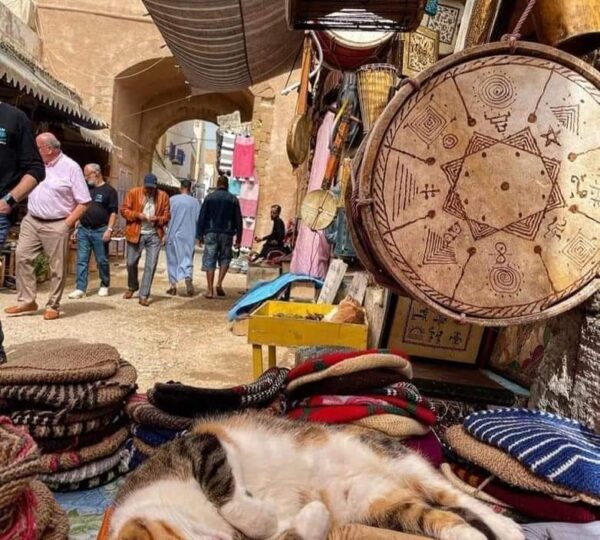
Berber culture is deeply rooted in art, with jewelry, ceramics, and colorful fabrics being some of the most renowned mediums. Whether it’s the symbols engraved into ceramics or the vibrant patterns woven into rugs, every object conveys a tale. Actually, a lot of these symbols—like the Amazigh cross, which stands for protection—reflect elements of Berber mythology and theology. Berber women are essential to the weaving craft. They produce rugs and carpets with eye-catching patterns and vibrant colors, each symbolizing distinct meanings and beliefs, using methods that have been handed down through the years. Visitors can frequently observe craftspeople at work, demonstrating their inventiveness and conserving their talents.
4 Spirituality and Festivals:
The ground, mountains, and rivers that sustain life in this untamed region are revered in Berber mysticism, which is strongly linked to nature. Many Berber groups still incorporate pre-Islamic ideas into their spiritual activities, even though Islam took over as the predominant religion during the Arab conquests. During regional holidays and festivities, this blending of customs is most evident.
The Imilchil Marriage Festival is one of the most significant celebrations, bringing tribes together to honor unity, love, and music. Here, guests may enjoy traditional Berber dance and music, with instruments like the “Bendir” (a frame drum) and “Ouda” (a lute), all of which are interwoven into mesmerizing performances that encapsulate the essence of Berber identity.
5 Berber Cuisine:
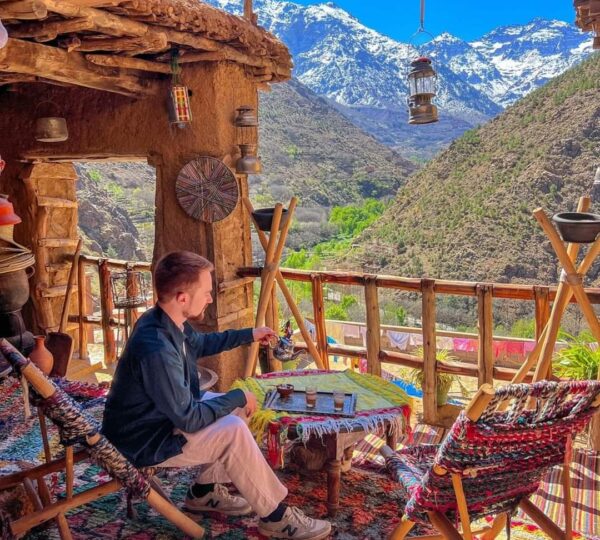
A Taste of Tradition the Atlas Mountains’ natural environment and regional delicacies are reflected in Berber cuisine. Seasonal vegetables, aromatic herbs, and fragrant spices are used to produce staples like Tagine and couscous. The Berbers’ strong sense of hospitality and togetherness is reflected in these meals, which are frequently shared communally and slow-cooked to allow flavors to mingle. Another essential component of Berber hospitality is mint tea, sometimes referred to as “Moroccan whisky.” Tea is made with care and served to guests as a welcome gesture. Sharing a cup allows guests to bond and make memories that last long after their trip is over.
6 Preserving and Celebrating Berber Culture:
Today the Berber people of the Atlas Mountains are renowned for their tenacity and cultural contributions. Many Berber settlements enthusiastically share their history, arts, and language with tourists from around the world, despite the presence of modern influences. Visitors to the Atlas Mountains have the exceptional chance to fully engage with this ageless civilization and gain insight from the Berbers’ profound reverence for the environment, community, and cultural legacy.
Conclusion ;
The resilience and tenacity of people who have coexisted peacefully with their environment for thousands of years are demonstrated by the Berber culture in the Atlas Mountains. The Berbers invite everyone who comes to experience the beauty of their way of life, from their colorful arts to their heartfelt customs. It is hoped that more visitors to the Atlas Mountains will contribute to the preservation of this historic legacy for future generations.
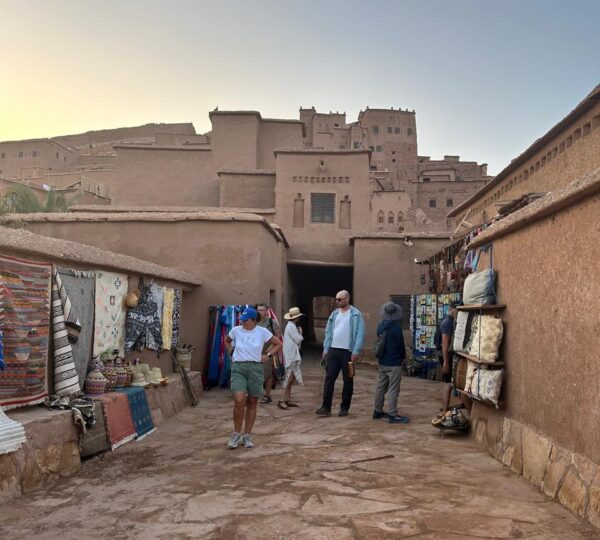
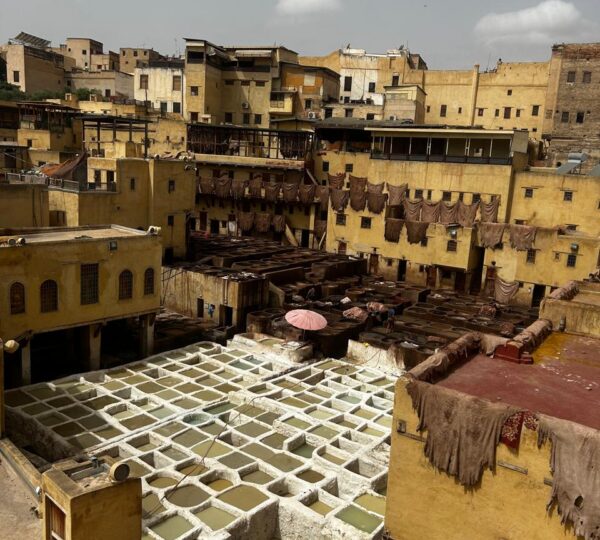
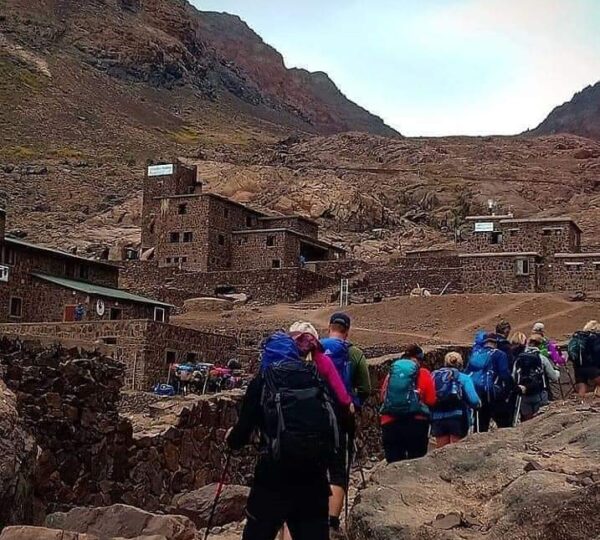
All Categories
Recent Posts


